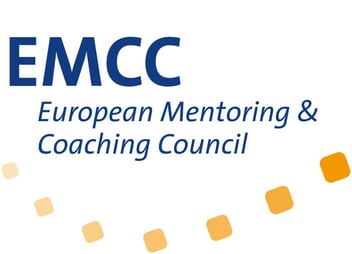Coaching clients to think is one thing. Coaching them to think for themselves is wholly another. The for themselves part changes the game. It moves the plates and it can turn our coaching inside out. It is worth it, though, because the quality of everything our clients do – everything – depends on the quality of the independent thinking they do first. Every plan, every decision, every action relies on the moments when our clients think for themselves – with rigour, imagination, courage and grace. Their independent thinking then becomes the basis of dialogue with others, in turn raising the quality of it all. This guide focuses on the ways in which the decision to generate our clients’ own finest thinking as far as possible can recast the way we coach.
Time for thinking
We have to face this first: most clients expect us to think for them, and most of us expect to do exactly that. Neither party says so, but the implicit coaching agreement is, observably, that our clients will think and talk for as long as it takes us to get a beat on their issue, and then we will act. Either we will take a note, or come in with a question of some sort – to clarify, to lead, to challenge, to propose.
The agreement is that as the coach we can distract or interrupt the client’s thinking whenever we deem valuable. We don’t usually crash into the middle of their sentences (though shockingly some of us do), but it is we who are, nevertheless, the ones that determine when it is the right moment for the client to stop talking and for us to start.
Learn more about the coaching programme offered by Henley Business School in the heart of Copenhagen and attend one of our information meetings.



